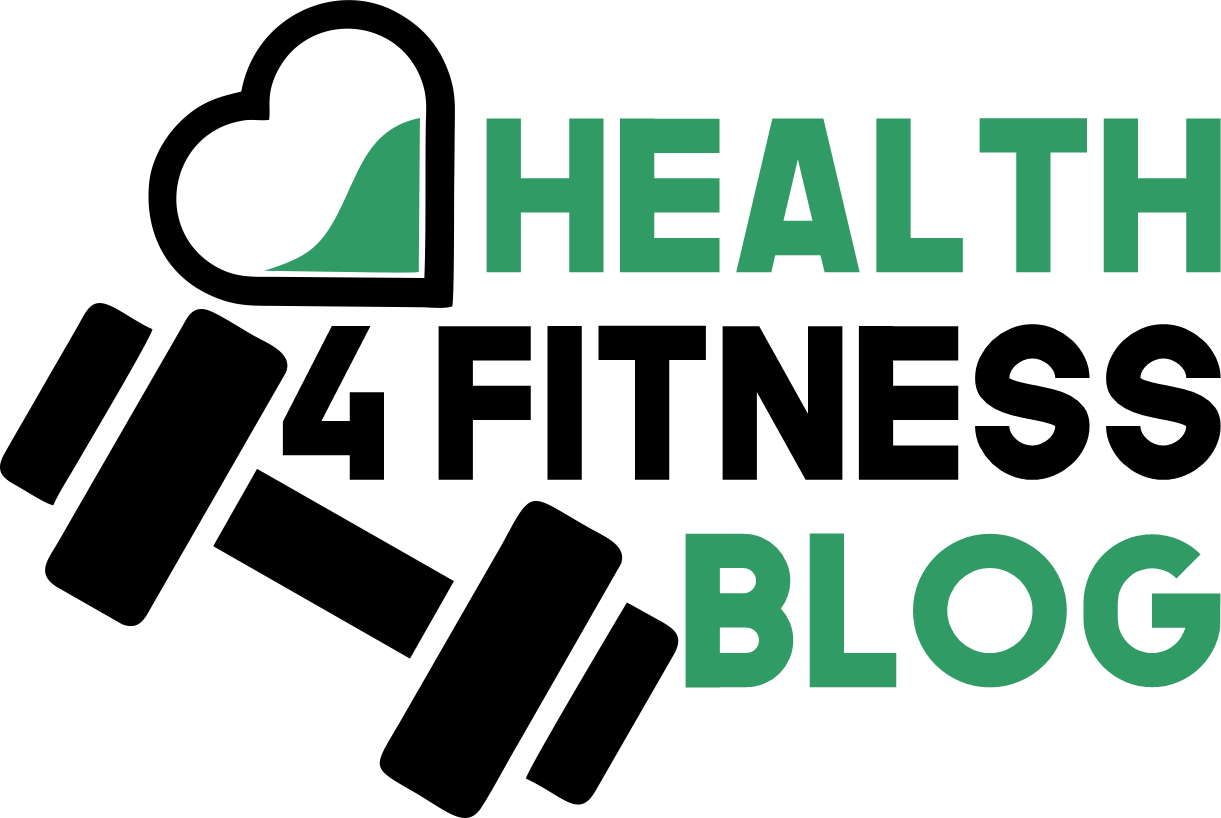High blood pressure affects millions of Americans, and reducing sodium intake is one of the most effective ways to manage it. Most of us eat over 3,400 mg of sodium daily—that’s nearly double what doctors recommend.
The good news? Even small reductions can make a big difference for your heart health. Research shows that cutting just 1,000 mg of sodium per day can significantly lower blood pressure and reduce cardiovascular risk.
The American Heart Association recommends no more than 2,300 mg of sodium daily, with an ideal target of 1,500 mg for people with high blood pressure.
That might sound complicated, but with these three straightforward strategies, you can easily bring your sodium intake into a healthier range.
Table of Contents
1. Choose Fresh Over Processed—And Learn the Rinse Trick
- The Problem: Canned and processed foods are sodium bombs. A single can of soup can pack 1,550 mg of sodium—that’s nearly your entire daily allowance. Even seemingly healthy options like canned vegetables contain 189-328 mg of sodium per 100 grams.
- The Simple Solution: When possible, buy fresh or frozen vegetables without added salt. But if you do buy canned foods, here’s a game-changing tip that most people don’t know: just rinse them. The USDA Nutrient Data Laboratory research on canned vegetables found that draining reduces sodium by 5%, and rinsing with lukewarm water cuts another 7%. For canned beans, this simple step can reduce sodium by up to 40%.
Quick swaps that work:
-
Choose “no salt added” or “low sodium” versions when available
-
Buy fresh chicken or turkey instead of deli meat for sandwiches
-
Replace canned soup with homemade versions using low-sodium broth
-
Pick frozen vegetables over canned—they typically have much less sodium
2. Avoid the Sauce Trap—And Make Your Own Flavor
- The Problem: Condiments and sauces are hidden sodium sources. Two tablespoons of soy sauce contain over 2,000 mg of sodium, and even ketchup adds up quickly. Processed meats like ham, bacon, and deli turkey contain 400% more sodium than fresh alternatives.
- The Simple Solution: Start making your own simple sauces and seasonings. It’s easier than you think, and your taste buds will adapt within a few weeks. Instead of reaching for the salt shaker, try these flavor boosters:
Natural flavor enhancers that work:
-
Lemon or lime juice—the acidity enhances flavor like salt does
-
Fresh herbs like basil, cilantro, and parsley
-
Garlic and onion (fresh, not powder with added salt)
-
Vinegar—try balsamic, rice wine, or apple cider varieties
-
Spices like cumin, paprika, and black pepper
Easy homemade dressing: Mix olive oil, lemon juice, balsamic vinegar, and a touch of honey. It tastes better than most store-bought versions and has virtually no sodium.
3. Cook at Home More Often—It’s Your Biggest Win
The Problem: Restaurant and fast food meals are the leading source of sodium in our diets, accounting for over 70% of our daily intake. A typical fast food burger and fries can contain over 2,000 mg of sodium—nearly your entire daily limit in one meal.
The Simple Solution: Even cooking at home just a few more times per week makes a huge difference. You don’t need to be a chef—simple meals work best. The American College of Cardiology’s recent findings show that 89% of people with heart disease consume too much sodium, but home cooking gives you complete control over what goes into your food.
Easy home cooking strategies:
-
Start with simple swaps: Cook plain rice and pasta without salt—you won’t miss it when you add other flavorful ingredients
-
Use the “half and half” method: Mix low-sodium versions with regular versions of foods like soup or sauce until your taste buds adjust
-
Try one-pot meals: Cook chicken with vegetables and herbs in one pan—minimal prep, maximum flavor
-
Prep basics on weekends: Cook plain chicken, rice, and vegetables you can mix and match during the week
When you do eat out: Ask for sauces on the side and request that your meal be prepared without added salt. Many restaurants will accommodate these requests.
Your Taste Buds Will Thank You (Eventually)
Here’s something encouraging: your taste preferences will change. Most people notice the difference at first, but within 2-3 weeks, your taste buds adapt and you’ll start enjoying the natural flavors of food more. Many people report that food actually tastes better once they cut back on salt.
Start small and build up:
-
Cut salt in recipes by half this week
-
Try one new herb or spice each time you cook
-
Rinse one canned item per day
-
Cook one extra meal at home this week
Foods that naturally help: Focus on potassium-rich foods like bananas, sweet potatoes, and spinach—they help counteract sodium’s effects on blood pressure. The DASH diet pattern, which emphasizes fruits, vegetables, and whole grains while limiting sodium, has been proven to reduce blood pressure and was recently named the top heart-healthy diet.
Remember, you don’t need to eliminate sodium completely—your body needs some. The goal is simply bringing your intake closer to the recommended levels. With these three strategies, you’ll be well on your way to better heart health without sacrificing flavor or convenience.
Conclusion
Cutting sodium doesn’t have to be hard. By choosing fresh or properly rinsed canned foods, making your own sauces with herbs and citrus, and cooking at home more often, you can easily lower your daily intake toward the recommended 1,500–2,300 mg. Small, sustainable changes not only improve blood pressure but also enhance natural flavors, making your heart—and taste buds—happier.
